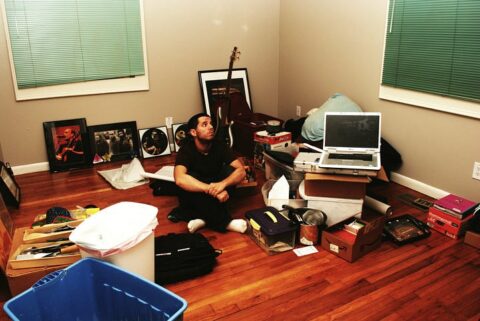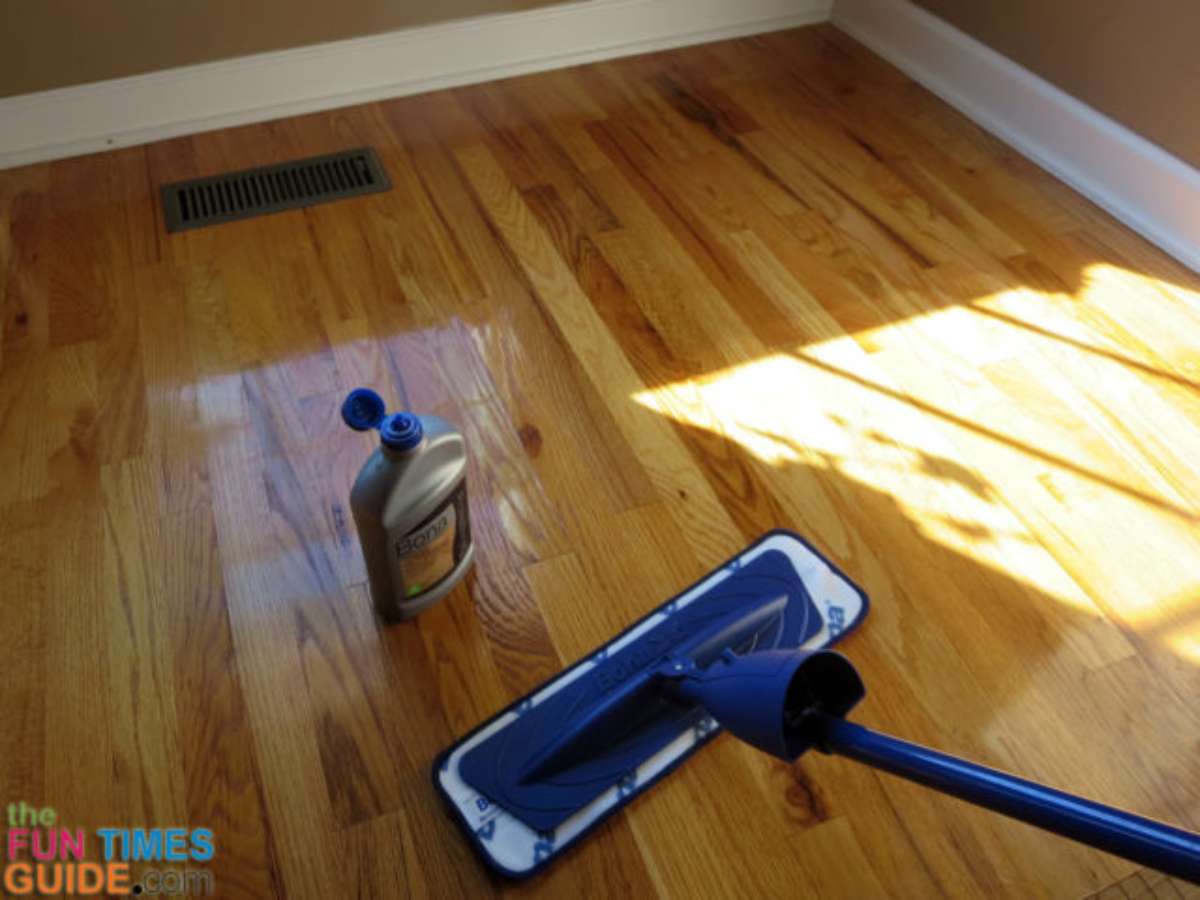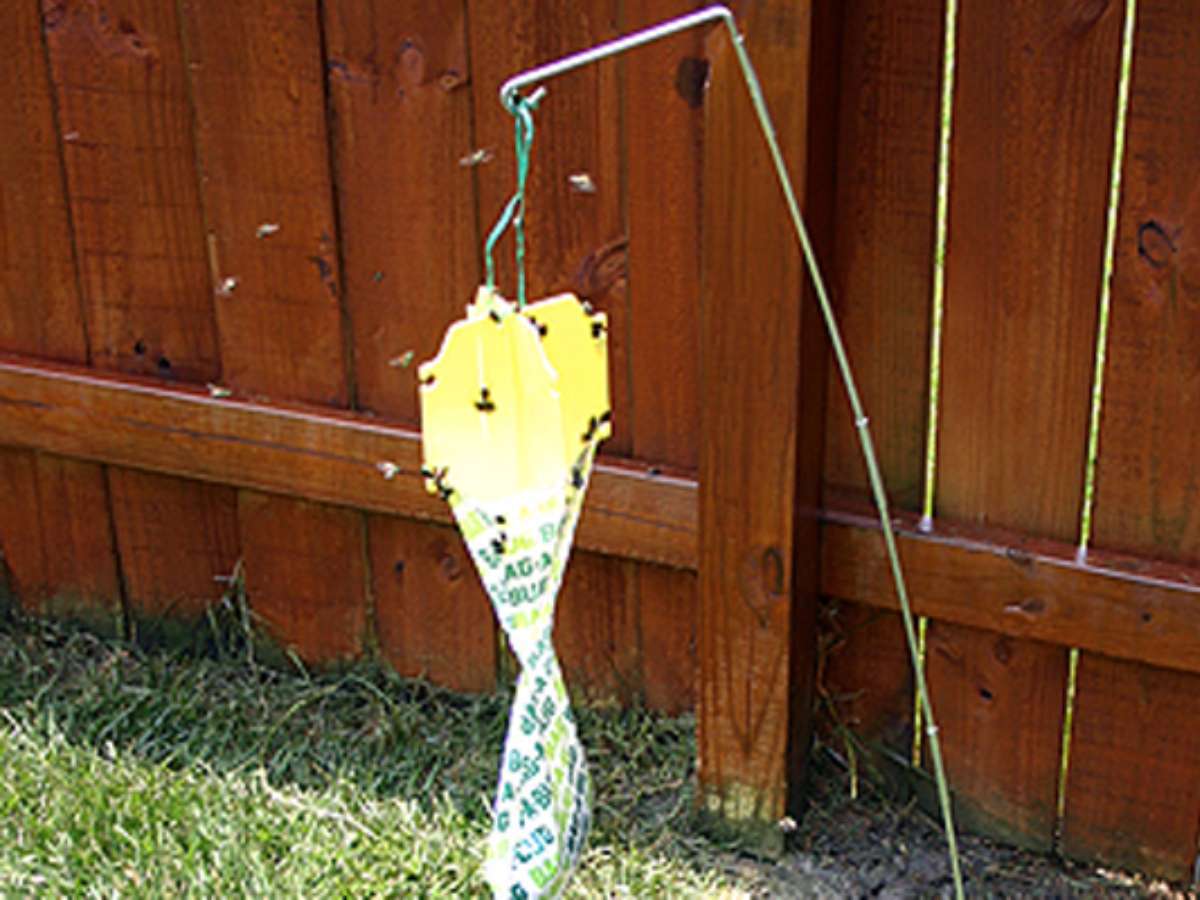Do you have a record of all the high-ticket items you’ve purchased that are currently in your home?
If your home caught fire or flooded would it be easy for you to determine exactly what was lost or destroyed?
It’s important to have a detailed inventory of all your belongings in the event of a natural disaster, accident, or theft.
Your home inventory should include everything that you can personally itemize within your house. It should also include all of your insurance policies, banking information, and other important papers.
Here’s a list of vital documents you should include in your home inventory.
I’m going to show you how to log your personal inventory in 2 ways:
- By using a home inventory program designed specifically for that purpose (logging the details of household items).
- By using virtually any cloud-based note-taking program (to create your own log of your home inventory items).
Things To Consider
There are several things to consider when looking for a home inventory program that will work best for you:
- Is it easy to use?
- Is it compatible with my computer?
- Is it cloud-based, so I can access it from any device, including my phone?
- Does it provide enough detail about my personal belongings?
Free Home Inventory Programs, Apps, Worksheets & Forms
Following are the home inventory programs, apps, and forms that I like the best.
Some are software programs or apps designed specifically for the purpose of tracking a personal inventory.
Others are DIY methods to help you log the items you own inside note-taking apps or programs that you probably already use.
I’ve done it both ways — you can decide which method is best for you.
#1 – Sortly is FREE for tracking up to 100 items on a single device (track unlimited items for a small fee).
I like Sortly because it makes it easy to stay organized and keep track of all your possessions you in a wide variety of ways:
- Moving lists
- Personal collections
- Household organizing
- Home inventory
They have simple checklists, you can export lists, categorize by room, add the value and condition of each item. You can even make custom QR labels for boxes & storage containers.
Sortly makes perfect sense for condo-dwellers, frequent-movers, and those without the need to catalogue an excessive amount of possessions. The app allows for easy organization via folders and sub-folders. Once set, you can upload photos, add tags, notes, attractive labels, and item information essential to claimants, including SKU/serial numbers, purchase dates, warranty expirations and more. Source
#2 – Magic Home Inventory by TWiStErRob is a FREE app that makes it simple to organize and catalog your belongings by room and by category.
I like how easy it is to export your list to a cloud-based program (like Google Drive, Evernote, Dropbox).
#3 – The Home Inventory App by Snappi is a FREE home inventory program that is 100% customizable.
You can use their template forms and add your own fields to existing forms including: date/time, text, number, location, picture, checkbox, and more.
Or upload any document file or PDF form and customize those forms.
This program makes it easy to fill in PDF forms online!
#4 – Home insurance companies have FREE apps and online worksheets that allow you to inventory your belongings.
Do a search for your own insurer, or try these:
- Allstate Digital Locker
- American Family Insurance Dream Vault
- Liberty Mutual Home Gallery
- State Farm Digital Home Inventory
#5 – Any note-taking app can be used as your own FREE personal inventory program.
For example, apps like Evernote, Google Keep, and OneNote reside in the cloud — so what you store in those apps can be accessed from any computer, tablet, or smartphone at any time.
- The downside: There isn’t a set structure for you to consistently log items in your personal inventory.
- The upside: There isn’t a set structure for you to consistently log items in your personal inventory. (Yep, it depends on how you look at things!)
The bottom line is you have the flexibility to track your personal inventory however you want. You could make lists, type full notes of data, and/or upload images.
TIP: If you’re a super detailed person, then you might prefer to create a spreadsheet of your belongings and store it in Google Drive. Then take pictures of those same items and store them in a special album in Google Photos. This is similar to the way I organize recipes. Both of those cloud-based programs are FREE as well.
#6 – Printable home inventory lists are FREE and perhaps the easiest option for tracking items that you own.
You simply print out one of these home inventory lists, add your own notes, and store the paper copy in a safe location:
- Home Contents Inventory Worksheet
- Take A Home Inventory
- Homeowners Insurance Toolkit For Consumers
- Room By Room Home Inventory Worksheet
- Simple Home Inventory Of Items
- Home Inventory Checklist
I encourage you to photograph paper inventory forms and store them with your other photographs in the cloud. (Tip: Keep them in a special album just for your home inventory photos.)
My $.02…
Regardless of which home inventory program you ultimately choose, the more details you keep about your belongings and the more photos you have of those items, the more likely you will be to get every penny that you are due if you should ever have to file an insurance claim!
For electronics, you should keep a record of model numbers and serial numbers.
For unusual/valuable items such as jewelry, art, antiques & other collections, take pictures of written descriptions and appraisals.
You may not want to use a “program” at all. I mean, you could simply walk through your home with a video camera in hand and record the serial numbers and condition of all the items inside your home. (Just be sure to store the video online in the cloud. Or save it on a USB flash drive and then store that in a safe place.)
For the most customization, categorization, and documentation options, you might want to use one of these popular home inventory software programs.






